Janice Fialka reflects on how to process saying goodbye in her article:
As teachers, social workers, nurses, and other service providers, we are aware of the importance of our first encounter with a new child, a new family, or a new client. Be it in their home, our classroom, our office, or our school, we make certain to greet families with a welcoming spirit that promotes a sense of safety and comfort. We want to communicate with our eyes, our words, and our gestures: “We care about you and we are eager to work with you.” We value our beginning meetings with families and children and typically prepare with skill, time, and care for this first encounter. As the saying goes, we want to start out on the right foot. |
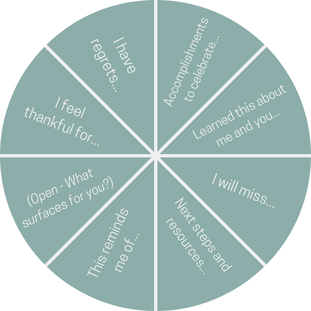





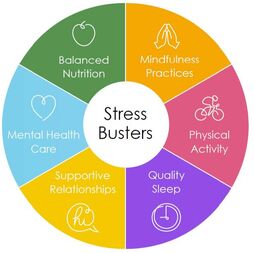


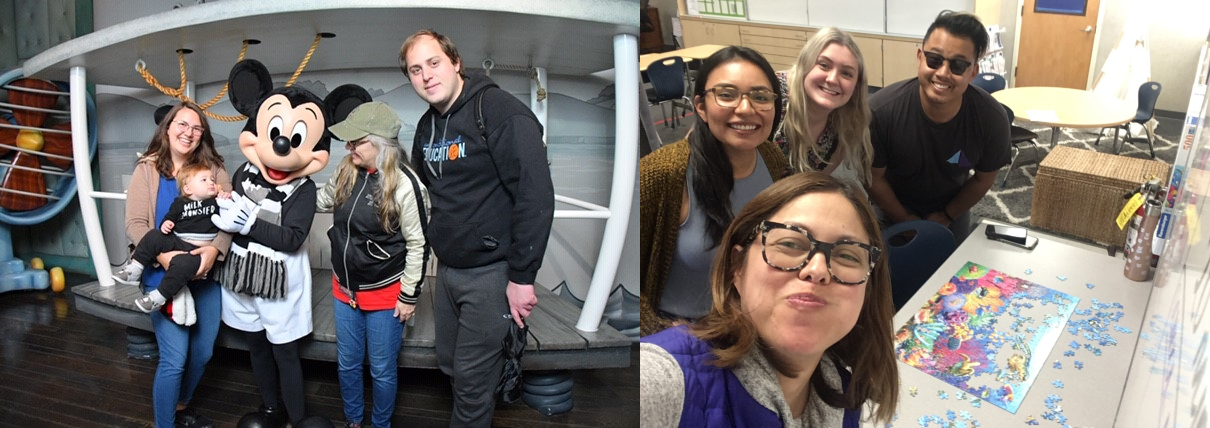
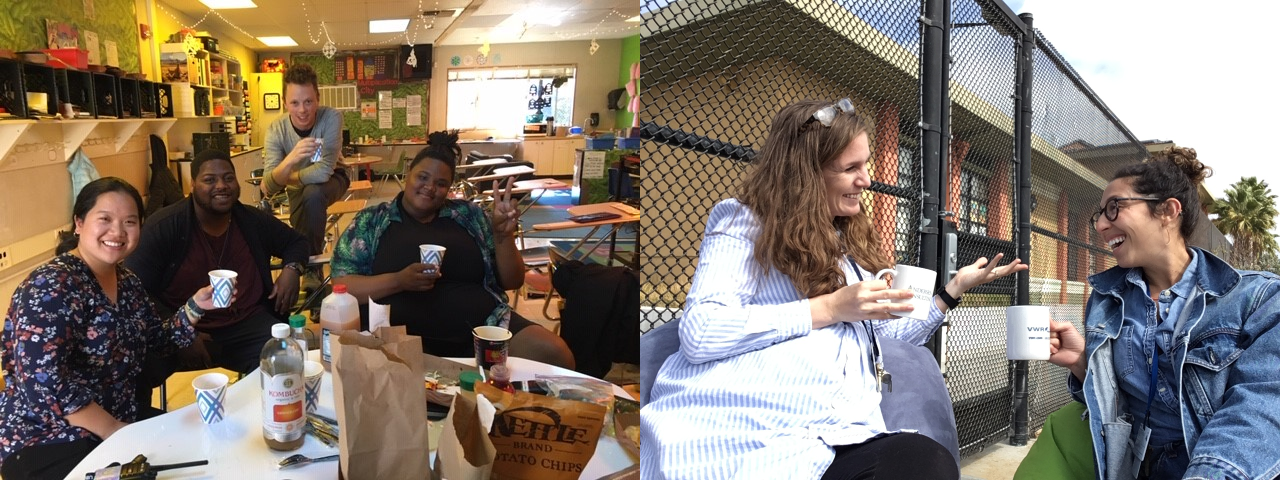

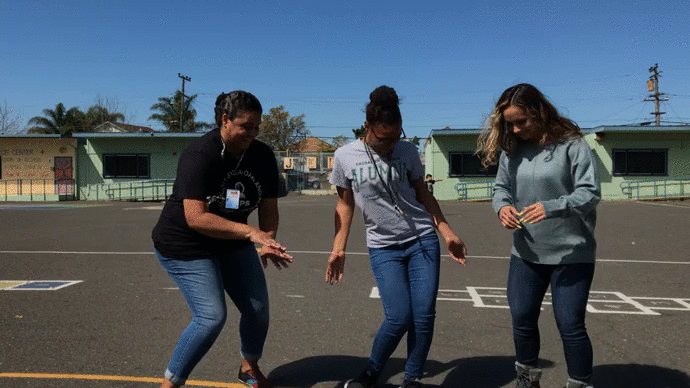
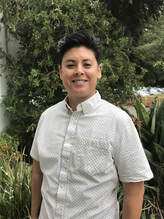

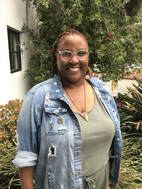










 RSS Feed
RSS Feed